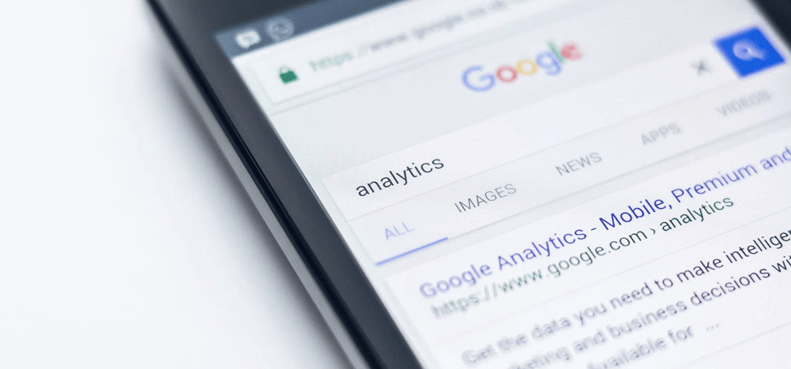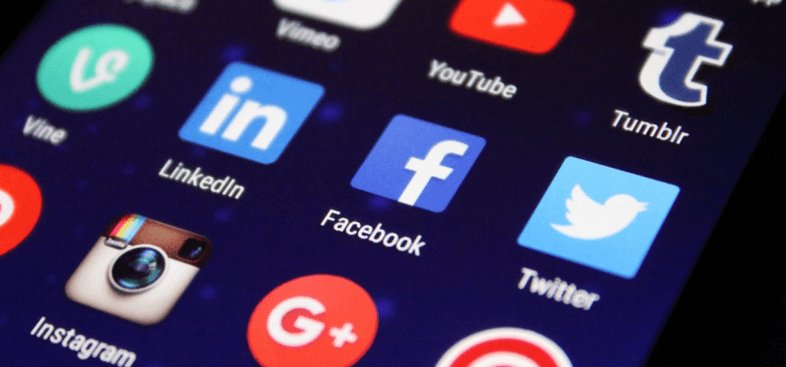
Are you a new brand or business and want a user to notice your product or service? Let’s say a user trying to buy a shoe goes to Google, sees your competitor’s ad on the top, visits the website, and then makes a purchase. Unfortunately, your revenue is lost! Do you think what if the user could have seen your ads and made the purchase from you instead of the competitor? As a brand, you need to show your ads to the right user at the right time, and Performance Marketing helps you achieve that.
Table of Contents
ToggleSo, what is Performance Marketing?
Performance Marketing is a digital marketing strategy that’s driven by results to grow business. It is a subset of digital marketing where brands or business pays the performance marketer based on the output such as sales, Return on Ads Spent (ROAS), more app installs, etc. In simple terms, when a brand pays for its digital marketing consulting services, efforts based on every goal completion or action generated, that is performance marketing.
Unlike traditional marketing performance, marketing is specifically used to drive actions, track and measure those actions, and attribute the Return on Investment (ROI) of each asset, campaign, or activity.
Performance and digital marketing can be confusing topics, but they’re not entirely different. Performance marketing combines paid or organic advertising and brand marketing, where the purchaser only pays when there are positive results. Traditional digital marketing relies on vanity metrics like impressions and likes, while performance marketing focuses on revenue and retention- not just engagement.
How is it different from Digital Marketing?
Digital marketing allows the brand to reach more people at a smaller cost and with less risk, but it doesn’t always offer the control that comes with performance marketing.
Digital marketing is usually less successful than Performance marketing because it takes time to identify the right strategies for a brand. Still, performance marketing is more successful because it uses metrics and highly targeted campaigns.
Can every form of Marketing be Performance Marketing?
It can sound overwhelming that one can produce a great Return on Investment (ROI) and multiply the growth of the business by 2X or 5X using Performance Marketing. But the question is, can it be used for all forms of marketing?
The answer is both YES and NO.
Marketing campaigns should be measurable. Measuring marketing campaigns’ success helps determine whether they are tracking toward key performance indicators (KPIs). Moreover, Performance marketing can be used in all forms of marketing, including branding.
Branding is equally important for any business to sustain itself for the long – term. A brand is the perception of a product or business by its customers. Brand marketing aims to increase awareness of a brand and build long-lasting relationships.
Performance marketing and branding go hand in hand. Every form of performance marketing asset is an opportunity to promote your brand. The more your brand is seen, the better your chances of finding new customers.
For instance, when we create an ad copy for a Google Ads campaign, we describe the offered product or service. Users who type a keyword into the search engine will get a quick impression of what you’re selling. The user will then click on the ad that catches their eye, go to your landing page, explore the information about your product or service, and then check out and become a customer. So here, the ad copy promotes your brand, and then when someone acts like filling out a lead form or signing up for something, they become part of performance marketing.

What is the Importance of Performance Marketing?
Accountability:
Performance marketing allows brands to be more accountable. They often only pay for results, so there’s no guesswork. And because performance marketing is transparent, brands know exactly where the money is going.
Targeting:
Performance marketing allows the brand to target people based on their interests, demographics, and past behaviors. This ensures that the brand’s ads are seen by only those most likely to be interested in them.
Scalability:
Performance marketing campaigns can be adjusted to fit the brand’s needs. It can accommodate both large-scale national campaigns and small and niche ones.
What are the Benefits of Performance Marketing?
Easy to track performance:
Using data analytics tools, you can easily keep track of performance marketing campaigns and adjust them to improve results.
ROI (Return on Investment) focused:
Performance marketing is driven by ROI, which ensures that campaigns are always moving toward better results so that brands can see an increase in leads and sales.
Versatility:
Performance marketing can be used to reach customers across several channels. This multiplicity of revenue streams means marketers can always find new ways to get results.
Diversification of revenue streams:
When one channel isn’t producing the desired results, it’s worth trying another. That way, you won’t have to continue spending money on ineffective tactics – and you’ll only invest in strategies that can bring you revenue.
Reaching new audiences:
Performance marketing allows you to attract a wider audience than traditional advertising and tap highly targeted traffic, which can drive more sales. Performance marketing is particularly effective when it comes to affiliate marketing because it can help you reach new markets by placing ads on various channels and content outlets.
Pay only for results:
Performance marketing agencies and marketers will only charge you when your desired action or goal is met.
What are the Performance Marketing Channels?
Here are the five main channels you can use for your campaigns.
Search engine marketing (SEM):
It involves using organic and paid advertising to increase visibility and clicks.

Native advertising:
Native advertising is a digital ad format that mimics the look, feels, and function of the platform on which it appears. It can be found most often on social media.

Social media marketing (SMM):
It is a form of internet marketing that uses social media apps such as Facebook, Twitter, and Instagram to spread awareness about a product or service.

Sponsored content:
Sponsored articles are a form of native advertising that can drive qualified traffic and converts and increase overall online visibility before a highly targeted audience.

Affiliate marketing:
Affiliate marketing is the promotion of other company’s products through search engines, email campaigns, blogs, social networking sites, and more. Affiliates charge a commission on every sale they generate

What Key Metrics or KPI does a Performance Marketer focus on?
Measurable ROI is key to successful digital marketing, so you need to track it regularly. Below are some of the more common performance marketing metrics and KPIs:
CPM (Cost Per Mille or Cost per Thousand):
CPM doesn’t measure an action taken by viewers. It is the price an advertiser pays for 1000 impressions of a digital ad. In other words, it’s the price of getting your ad shown.
CPC (Cost per Click):
It is the amount paid every time a viewer clicks on an ad. A higher CPC usually means that the value of the conversion is higher because viewers are more engaged with the ad.
Cost per Conversion (or Cost Per Action):
It is the total cost of acquiring a new customer divided by the number of sales made to that customer. This will allow you to see how much you spend on average for every sale.
Life Time Value (LTV):
LTV is the amount a company expects a customer to spend throughout their relationship with that company. Predictive analytics can help predict these amounts, which are used to plan overall strategies and boost ROI.
Conclusion:
Due to the growth in technology and the internet, many new businesses have emerged and are offering creative solutions for brands. These businesses work with a performance-driven approach and help increase the reach of companies. Performance marketing is one primary tool in this sphere that allows businesses to aim for growth through digital channels. Businesses should consider this tool as one solution to having an effective digital presence.
Also read: How To Give Google Search Console Access












